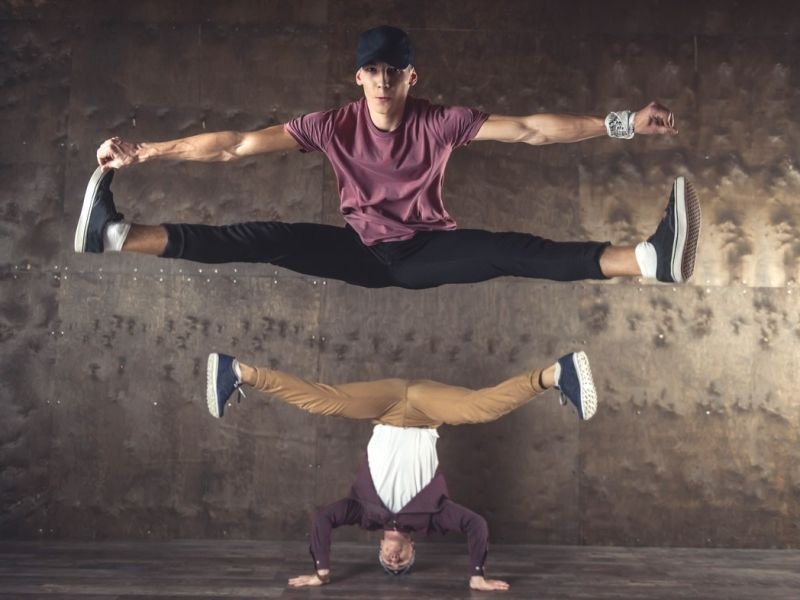The Intersection of Dance and Literature

Dance and literature are two forms of art that have been intertwined throughout history. While dance is a visual and kinesthetic art form, literature allows us to explore the emotions, narratives, and ideas behind the movement. In this article, we will dive into the world of dance and literature, exploring how the written words of dance capture the essence of movement and expression.
The Power of Words in Dance
Words play a crucial role in dance. Choreographers often use written texts as inspiration for their movements, drawing from poems, novels, and plays to bring their visions to life. Through the power of words, dancers can convey stories, emotions, and concepts that might be difficult to express solely through movement.
For example, in ballet, narrative ballets such as “Swan Lake” and “Giselle” tell complex stories through a combination of dance and music. The librettos, or written texts, provide the foundation for the choreography and enhance the audience’s understanding of the narrative. Similarly, contemporary dancers might draw inspiration from contemporary literature to create thought-provoking performances that explore societal issues or personal experiences.
Dance Criticism and Review
Another way in which dance and literature intersect is through dance criticism and review. Just as literature has literary critics who analyze and interpret written works, dance has dance critics who provide insights and opinions on dance performances. These dance critics use the power of words to capture the essence of a dance performance, describing the movements, emotions, and overall impact of the dancers on stage.
Dance reviews often employ poetic language, metaphors, and vivid descriptions to convey the experience of watching a dance performance. The words used by dance critics can deepen our understanding of the performance and allow us to appreciate the nuances of the choreography, music, and execution. Through their writings, dance critics contribute to the preservation and documentation of dance history.
The Role of Dance in Literature
While literature can inspire dance, dance itself can also play a significant role in literature. Many authors have explored dance themes and incorporated dance scenes into their works of fiction. These written representations of dance allow readers to experience the movement and rhythm through their imagination.
Some notable examples of dance in literature include F. Scott Fitzgerald’s “The Great Gatsby,” with its iconic dance parties and extravagant displays of the Charleston, and Louisa May Alcott’s “Little Women,” which features the March sisters performing graceful dances at social gatherings. These literary depictions of dance not only add depth and color to the stories but also evoke a sense of nostalgia and cultural context.
The Dance of Words and Movement
In conclusion, dance and literature are intertwined forms of artistic expression that complement and enrich each other. Through the written word, dancers can explore and convey complex emotions, narratives, and concepts. Meanwhile, literature captures the essence of dance, allowing readers to experience the movement and rhythm through their imagination.
At Dance Competitions – competes.tv, we appreciate the beauty and power of both dance and literature. We provide a platform for dancers to showcase their talent, connect with other dancers, and nurture a loyal fanbase. Visit our website to explore the world of dance and connect with fellow dance enthusiasts.
What is the role of literature in dance?
How does dance enhance literature?
Sources:
– Red Bull: History of Breakdancing
– Kidadl: 47 Breakdancing Facts
– MasterClass: Breakdancing Basics